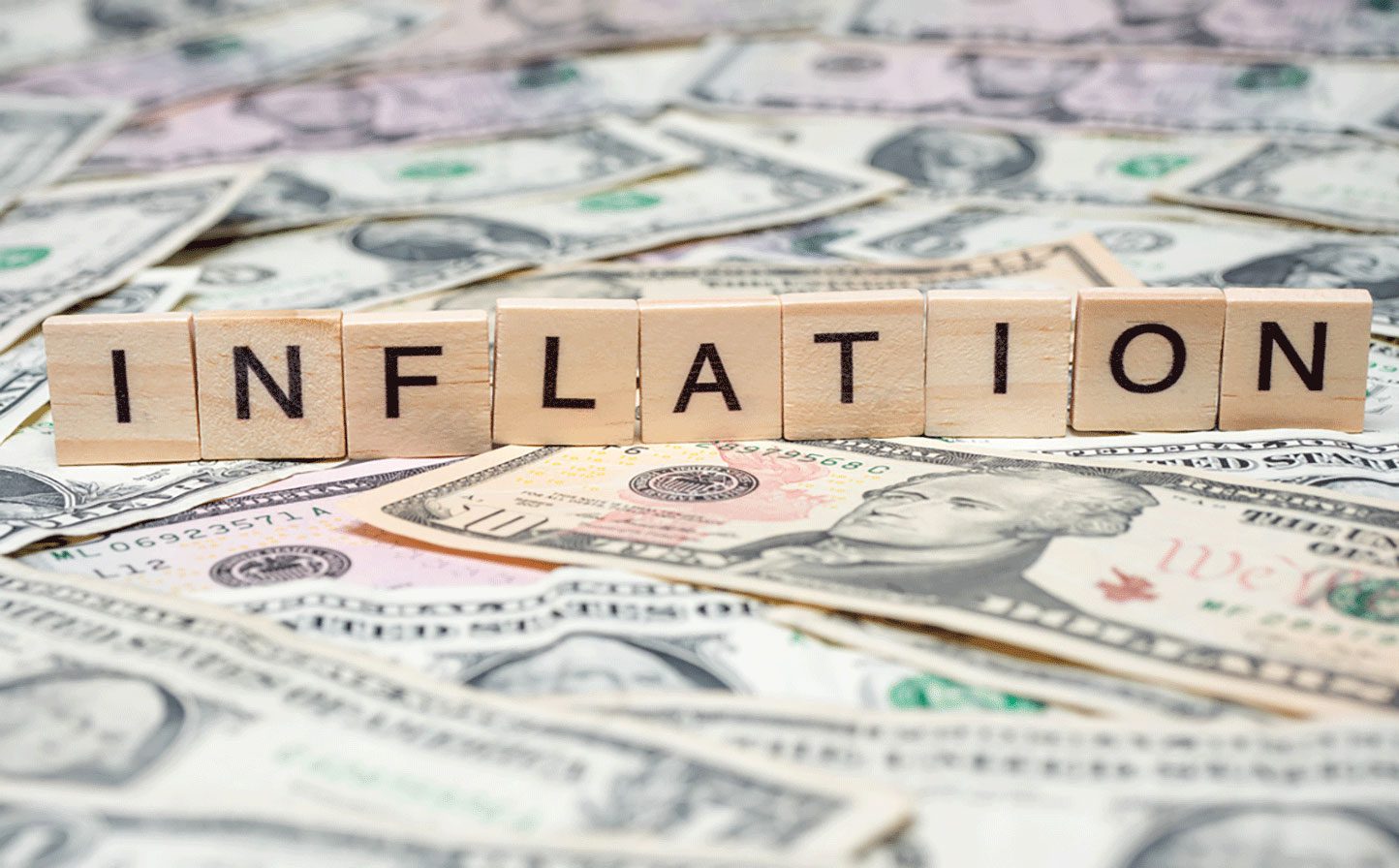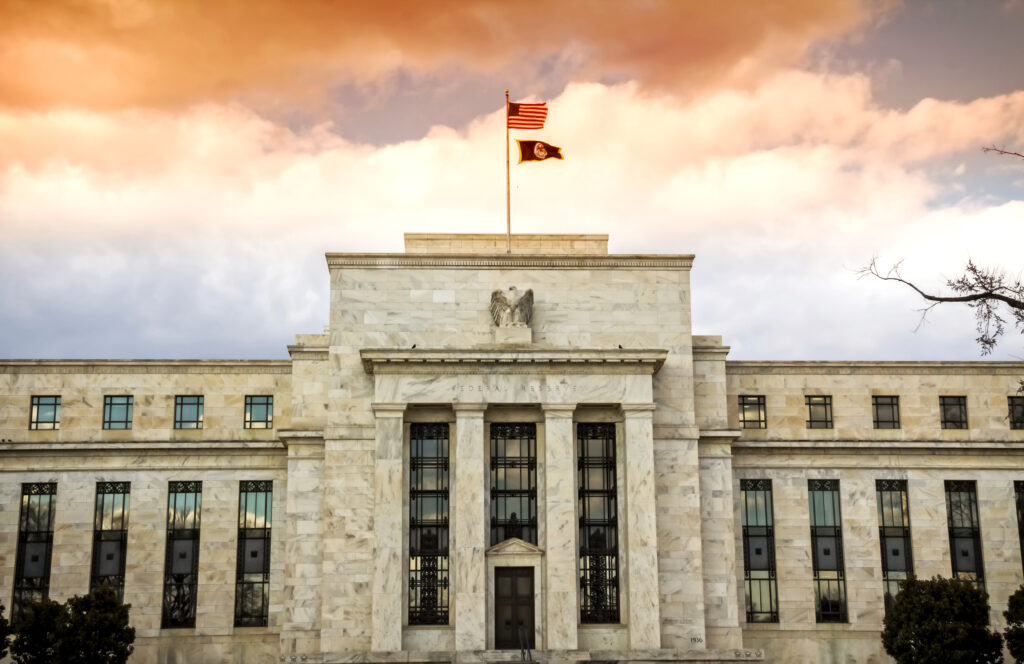Darius joined Anthony Pompliano this week to discuss inflation, the “No landing” vs. “Soft landing” debate, the Fed, and more.
If you missed the interview, here are the three most important takeaways from the conversation that have significant implications for your portfolio:
1. The “No Landing” Scenario Is The Highest Probability Outcome Over The Next 12 Months.
The “Soft landing” vs. “Hard landing” vs. “No landing” debate continues. We define a “Soft landing” as a period of trend or below-trend GDP growth, facilitating a gradual return of inflation to trend over time. Conversely, a “Hard landing” signifies a period of GDP growth significantly below trend, which triggers a contraction in the labor market and ultimately leads to a recession. In contrast, a “No landing” scenario entails GDP growth at or above trend, enabling inflation to decelerate but not return to its 2% target.
Our analysis indicates that a “No landing” scenario is the most probable outcome over the next 12 months.
We employ two distinct models to forecast inflation. While the median forecast from these models suggests incremental disinflation in the upcoming quarters, by the fourth quarter, we anticipate bottoming at a level higher than the Fed’s 2% target. This scenario is likely to inflict pain on asset markets once policymakers react to this new reality.
2. Regarding Inflation, 3% Is Likely To Become The New 2%
In our recent deep dive into our secular inflation model, we found a noteworthy key takeaway: we anticipate that 3% will become the new inflation benchmark, replacing the previous benchmark of 2%.
We believe the Fed will acquiesce to 3% being the new 2%. This shift in perspective seems to be gaining traction, as evidenced by Chair Powell stressing inflation would return to its target “over time” during the March FOMC meeting.
While this transition will not unfold in a linear manner, we foresee that over the next few years, the Fed will embrace 3% inflation as the preferred target over 2% if getting inflation sustainably down to 2% will require a recession. This likely policy regime shift is structurally bullish for risk assets and structurally bearish for Treasury bonds.
3. A Variety Of Factors Have Contributed To The Recent Uptick In Inflation
We analyze several key metrics from the Cleveland Fed: the Median CPI, Trimmed Mean CPI, Median PCE Deflator, and Median Trimmed Mean PCE Deflator. Here is a breakdown of the latest figures:
- The Median CPI stands at 5% on a 3-month annualized basis, approximately double its pre-COVID trend.
- The Trimmed Mean CPI stands at 4.4% on a 3-month annualized basis, more than double its pre-COVID trend.
- The Median PCE Deflator sits at 4.1% on a 3-month annualized basis, approximately double its pre-COVID trend.
- The Trimmed Mean PCE Deflator, also on a 3-month annualized basis, stands at 3.7%, more than double its pre-COVID trend.
The surge in these inflation metrics is suggestive of a broad-based acceleration and a preview of what we are likely to witness towards the end of the year as inflation struggles to bottom at a level consistent with the Fed’s 2% target.
That’s a wrap!
If you found this blog post helpful:
1. Go to www.42macro.com to unlock actionable, hedge-fund-caliber investment insights.
2. RT this thread and follow @DariusDale42 and @42Macro.
3. Have a great day!


